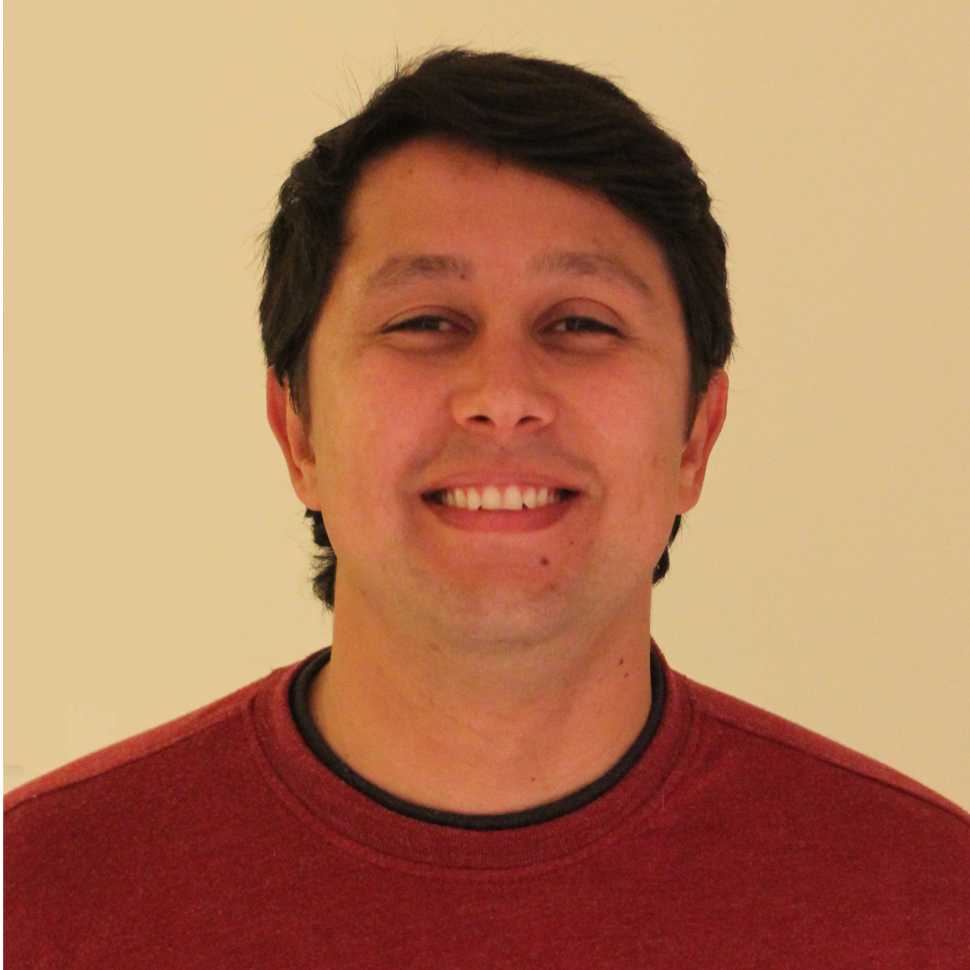Sep 02, 2020
Fluorescent mutants screening in 96 well plates - Chlamydomonas reinhardtii
- 1Ronin Institute

Protocol Citation: Joao Vitor Molino 2020. Fluorescent mutants screening in 96 well plates - Chlamydomonas reinhardtii. protocols.io https://dx.doi.org/10.17504/protocols.io.big9kbz6
License: This is an open access protocol distributed under the terms of the Creative Commons Attribution License, which permits unrestricted use, distribution, and reproduction in any medium, provided the original author and source are credited
Protocol status: Working
We use this protocol and it's working
Created: July 12, 2020
Last Modified: September 02, 2020
Protocol Integer ID: 39169
Keywords: 96 well plate, Chlamydomonas reinhardtii, growth, High-throughput screening (HTS)
Disclaimer
DISCLAIMER – FOR INFORMATIONAL PURPOSES ONLY; USE AT YOUR OWN RISK
The protocol content here is for informational purposes only and does not constitute legal, medical, clinical, or safety advice, or otherwise; content added to protocols.io is not peer reviewed and may not have undergone a formal approval of any kind. Information presented in this protocol should not substitute for independent professional judgment, advice, diagnosis, or treatment. Any action you take or refrain from taking using or relying upon the information presented here is strictly at your own risk. You agree that neither the Company nor any of the authors, contributors, administrators, or anyone else associated with protocols.io, can be held responsible for your use of the information contained in or linked to this protocol or any of our Sites/Apps and Services.
Abstract
This protocol is intended for screening experiments with algae cells. Nevertheless, with modifications, it can be used for other microrganims.
It is possible to use this protocol with deep-well plates, with modifications.
Guidelines
All steps described in this protocol are intended to be conducted in a research laboratory. Follow aseptic procedures.
Before start
Separate all material needed for the protocol
Plate preparation
Plate preparation
10m
10m
For 96 well plates, the usual max volume is ~ 330 µL .
- Clean and desinfect a biological cabinet
- Place all materials inside. (e.g: sterile tips, media, sterile 96 well plates with lids, pipettes)
- Add 160 µL TAP media per well (Or another media) on the choosen plate. (For fluorescent experiments, black plates are recommeded. Clear bottom allows to simultaneously check absorbance)
10m
Colony picking
Colony picking
15m
15m
- Use sterile tooth picks to collect individual colonies.
- Place tooth pick into the well
- Proceed to the next colony
- After collecting the desired number of colonies, mix the tooth pick in the media by spining it
- Remove and discard the used tooth picks
- Visually inspect the presence of green material inside the wells.
Sterile toothpicks
Colony picking with toothpick
15m
Plate wraping
Plate wraping
2m
2m
- Add the lid to the plate
- Wrapp it with a porous tape (Microporous), 3 laps around the plate, taping together the lid and plate.
2m
Growth
Growth
5d
5d
- Add plates to a microplate shaker
- Set the shaker to continuous mode, 900 rpm
- Illuminate with 60-80 µmols de photons/m2s, at 25 °C
- Grow the cells for 120:00:00 (5 days) (Important to let cells grow enough to make the reads, 5-7 days have been tested)
5d
Reading
Reading
20m
20m
- Centrifuge the plates 2000 x g, 25°C, 00:03:00 to remove any condensation to the lid
- Add the plates to the microplate shaker
- Set the shaker to 00:10:00 , 900 RPM
- Place plates in the Plate reader with the desired reading settings.
- Analyse the results
20m
